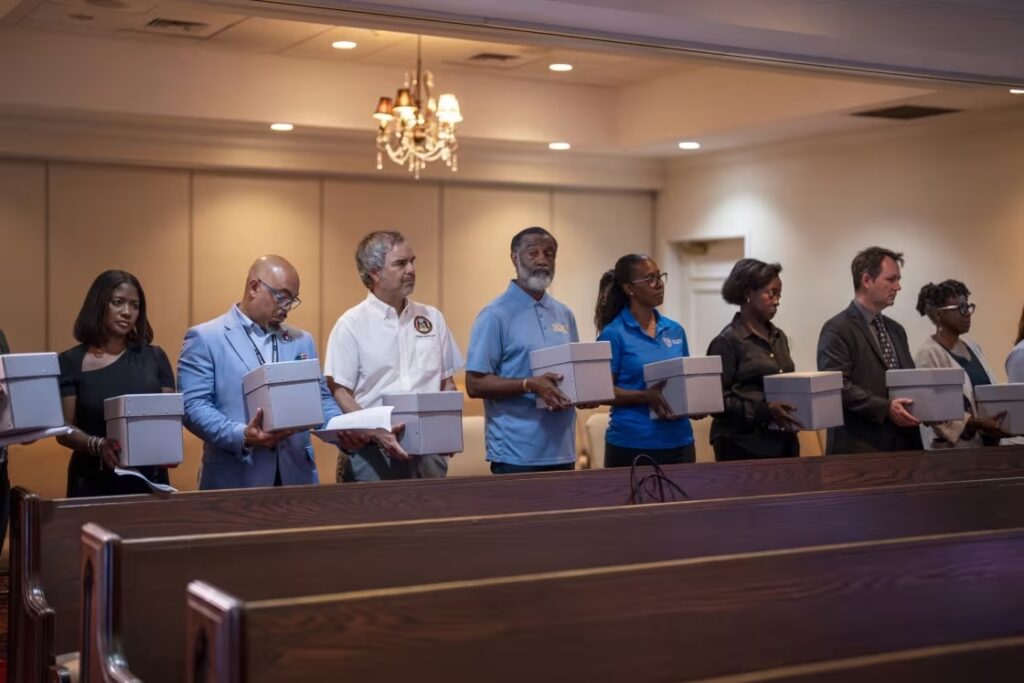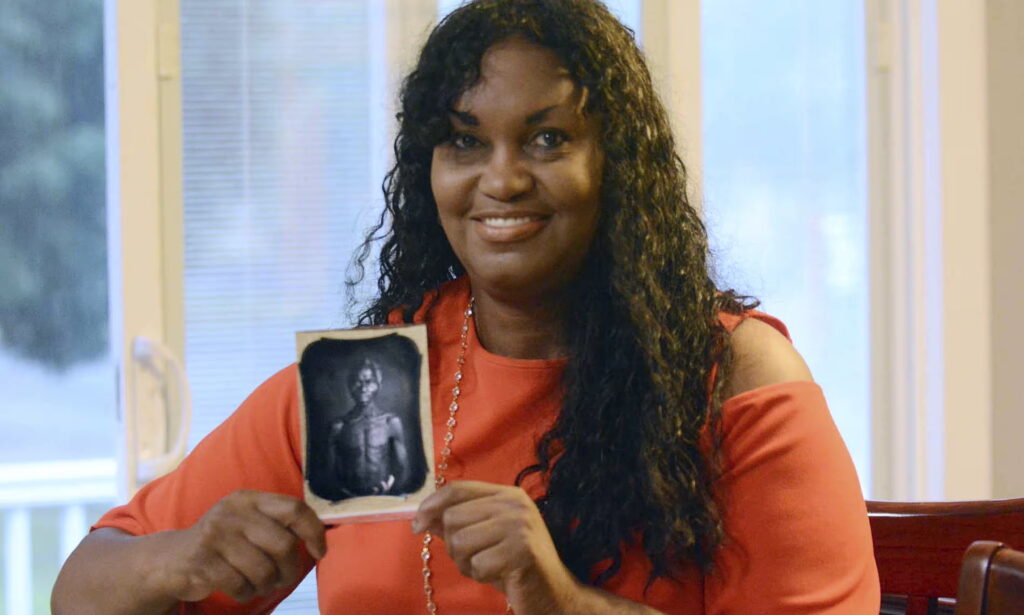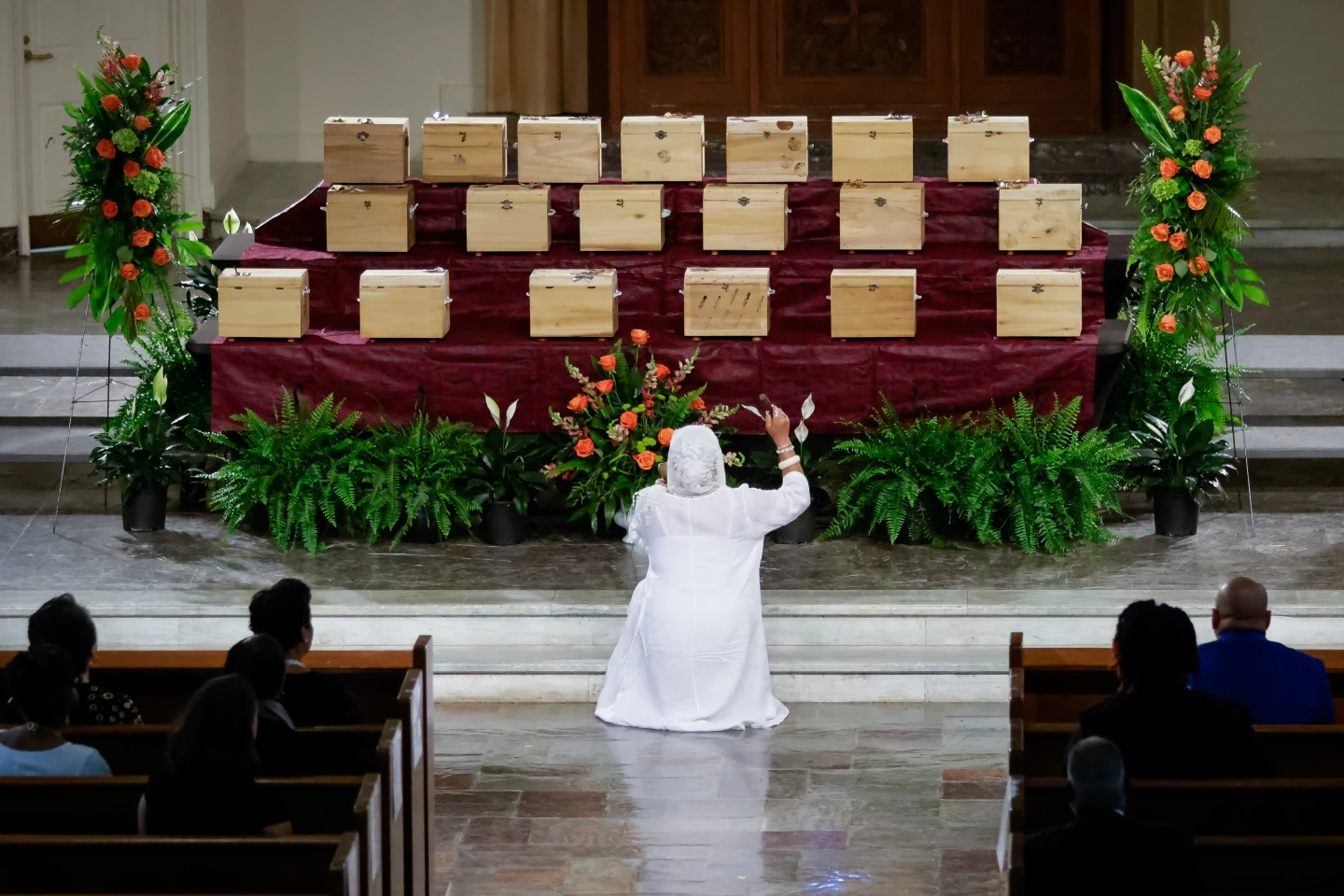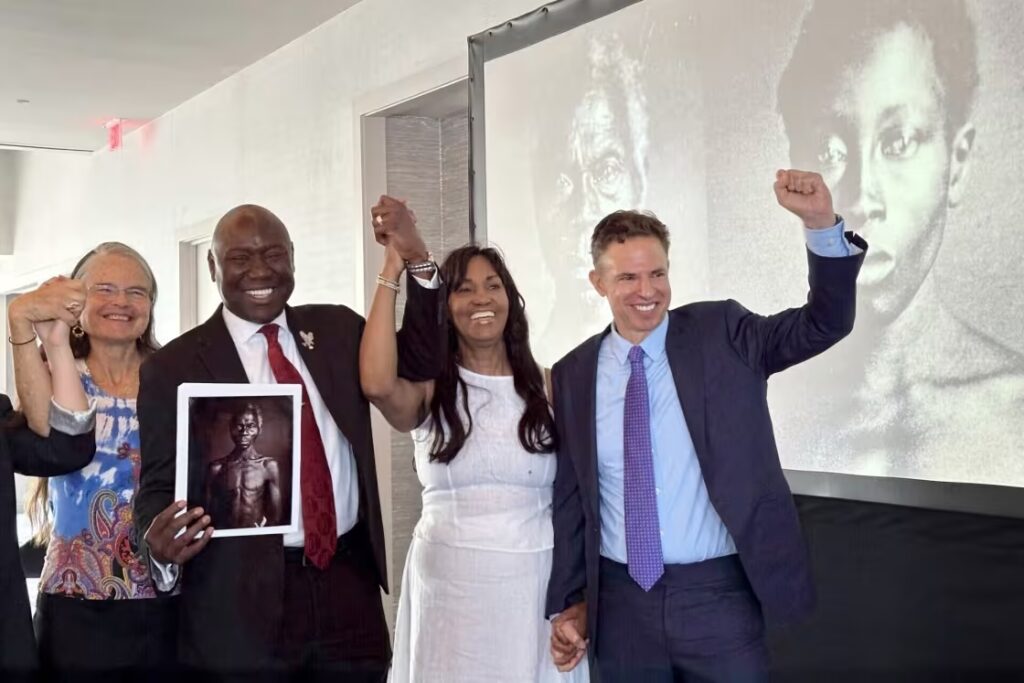From Skulls to Snapshots, America Reckons with a Violent Past
Two landmark moments unfolded this year in the ongoing battle to reclaim the dignity of Black Americans whose bodies were used and abused under the guise of science.
In New Orleans, 19 African Americans whose skulls were stolen and shipped to Germany in the 1800s for racist phrenology research were finally laid to rest in a ceremony marked by music, reverence, and cultural pride.

Meanwhile, Harvard University agreed to relinquish 175-year-old images of enslaved individuals Renty and Delia, ending a 15-year legal fight with their descendant, Tamara Lanier.
Both acts represent long-overdue attempts to repair the harm inflicted by so-called “scientific” institutions that once treated Black people—dead and alive—as data points, not humans.
New Orleans Buries the Exploited With Honor
At the Hurricane Katrina Memorial, a jazz funeral and multifaith service marked the return and burial of 19 African Americans whose remains were repatriated from the University of Leipzig in Germany. The skulls, taken from bodies that died at New Orleans’ Charity Hospital between 1871 and 1872, were originally provided by a local physician to support phrenology, the racist pseudoscience that claimed skull shape indicated intellectual and moral traits.
“These were really poor, indigent people at the end of the 19th century,” said Dillard University President Monique Guillory, whose institution led the repatriation effort. “But they had names, they had addresses, they walked the streets of the city that we love. We all deserve a recognition of our humanity and the value of our lives.”
Eva Baham, the Dillard historian who helped facilitate the return, said the project is part of a broader reckoning. “All kinds of experiments were done on Black bodies, living and dead—people who had no agency over themselves,” she said.
Harvard Surrenders Earliest Photos of Enslaved Americans
In a separate but related milestone, Harvard University will hand over daguerreotypes of Renty and Delia, two enslaved people photographed shirtless in 1850 without consent, to the International African American Museum in Charleston, South Carolina.
The settlement, reached with Tamara Lanier—who identified Renty as her great-great-great-grandfather—marks the end of a bitter legal fight over ownership and ethics. While Massachusetts courts ruled that Harvard legally owned the photographs, they also acknowledged the emotional harm and historical injustice, allowing Lanier to pursue damages.

“This is a moment in history where the sons and daughters of stolen ancestors can stand with pride and rightfully proclaim a victory for reparations,” Lanier said, standing alongside Susanna Moore, the descendant of Harvard biologist Louis Agassiz, who commissioned the images to promote white supremacist beliefs.
Harvard, in its statement, acknowledged the complexity of the case but stopped short of formally confirming Lanier’s familial link to the subjects. Lanier and her team, while supportive of Harvard’s current progressive stances, still pressed the university to own its role in perpetuating slavery.
Restoration Over Silence
Both events—a burial and a transfer—symbolize a growing effort to move stolen Black history out of the archives and back into the hands of descendants and the public. The International African American Museum has committed to collaborating with Lanier on how the images of Renty and Delia will be shared with the world. Dillard University is continuing its research to potentially identify descendants of the 19 New Orleanians returned from Germany.
“These images and remains were used to erase humanity,” said Lanier’s attorney, Josh Koskoff. “Now they’re being used to restore it.”
In a country where racist scientific practices once tried to quantify inferiority, the descendants are now demanding something deeper than data: dignity, memory, and justice.










